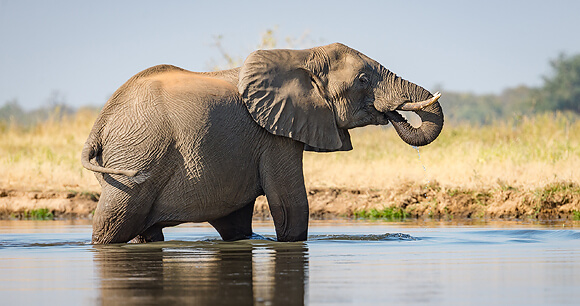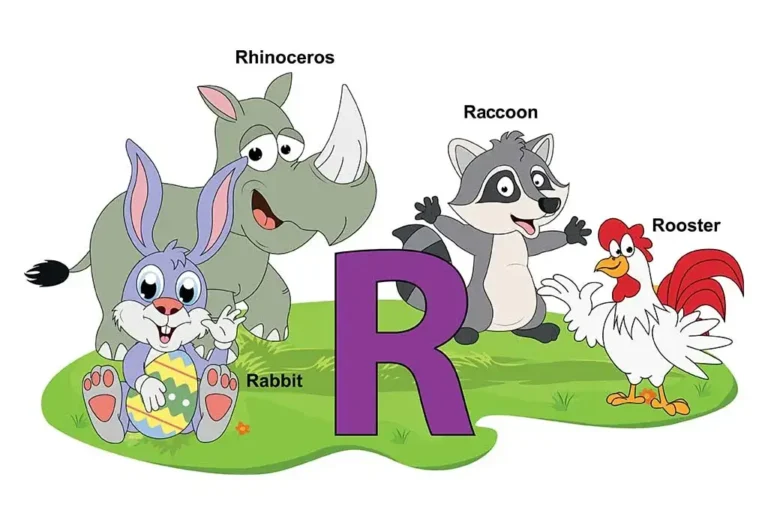Mountain Lion (Cougar): Facts, Habitat, Behavior & Conservation
The Mountain Lion (Puma concolor), also known as Cougar, Puma, or Panther, is a remarkable big cat species that inhabits a wide range of ecosystems across the Americas. Despite being a formidable predator, the Mountain Lion has developed an intricate relationship with its environment and the humans it coexists with. This article delves into the mountain lion’s scientific classification, physical characteristics, habitat, behavior, diet, reproduction, predators, conservation status, and fascinating evolutionary history.
Contents
Scientific Classification
- Kingdom: Animalia
- Phylum: Chordata
- Class: Mammalia
- Order: Carnivora
- Family: Felidae
- Genus: Puma
- Species: Puma concolor
Mountain lions belong to the Felidae family, which includes other large cats like lions and tigers. The species name concolor refers to its “uniform color,” a vital trait of these animals.
Physical Characteristics

Mountain lions are known for their sleek, muscular build and agility. Their bodies are designed for predation, with a long tail used for balance and a robust set of hind legs ideal for jumping and sprinting.
- Size: Adult males typically weigh between 120-220 pounds, while females are smaller, weighing 64-141 pounds.
- Length: Ranges from 5 to 8 feet, including their long tail, about 30-36 inches long.
- Coat: Their short fur ranges from tawny, reddish-brown, or grayish-brown, helping them blend into various landscapes.
- Facial Features: They have a rounded face with a short muzzle, distinctive black markings around their eyes, and a light-coloured chin, chest, and underbelly.
- Paws and Claws: Like other cats, they have retractable claws, enabling them to grasp prey precisely.
Habitat
Mountain lions are highly adaptable and inhabit diverse ecosystems across the Americas, from the Canadian Yukon to the southern Andes in South America. Some of their critical habitats include:
- Forests thrive in coniferous and deciduous forests, using thick vegetation as cover for stalking prey.
- Deserts: Mountain lions can survive in arid regions, using water efficiently and hunting at night to avoid the heat.
- Grasslands and Shrublands: Open spaces provide visibility for hunting, though these cats prefer areas with some cover for ambushes.
- Mountain Ranges: As their name suggests, they are frequently found in mountainous regions, particularly the Rocky Mountains.
They are primarily solitary animals with large territories that can span up to 150 square miles for males and about half that for females.
Behavior

Mountain lions are ambush predators, relying on stealth and surprise rather than prolonged chases. Key aspects of their behavior include:
- Hunting Technique: They stalk their prey quietly, often in the late evening or early morning hours. Once close enough, they use a mighty leap to ambush their prey, typically aiming for the neck.
- Territorial: They mark their territories with scratch marks and scent markings and will aggressively defend their range from other mountain lions.
- Nocturnal: Although they may be active at any time of day, they are most commonly nocturnal, hunting under the cover of darkness to avoid detection.
Diet
Mountain lions are obligate carnivores, meaning their diet consists exclusively of meat. They are opportunistic predators, hunting various animals depending on what is available in their region. Common prey includes:
- Deer: A primary food source across many regions.
- Elk: In some regions, especially in the northern parts of their range.
- Small Mammals: Rabbits, hares, and rodents also supplement their diet.
- Livestock: In areas close to human settlements, they may prey on cattle, sheep, and goats, often leading to conflicts with farmers.
Mountain lions are capable of taking down prey significantly more significantly than themselves. After a successful kill, they often drag the carcass to a secluded area and cover it with leaves or dirt to eat later.
Reproduction
Mountain lions do not have a fixed breeding season, though births often coincide with spring or summer. Key aspects of their reproductive cycle include:
- Mating: Females reach sexual maturity at about 2-3 years of age. After mating, a gestation period of approximately 90-96 days follows.
- Litter Size: A typical litter consists of 2-4 cubs.
- Cub Development: Cubs are born blind and are entirely dependent on their mother. They stay with her for about 1-2 years, learning vital survival skills.
- Independence: Young mountain lions will disperse to find their territories once they leave their mother.
Predators and Threats
Adult mountain lions have few natural predators, but cubs can fall prey to bears, wolves, and other larger predators. However, their biggest threats come from humans:
- Habitat Loss: Urban expansion and deforestation are leading to decreased suitable habitats.
- Human Conflict: Mountain lions occasionally prey on livestock, leading to retaliatory killings by farmers.
- Hunting: In some regions, they are legally hunted as a game, contributing to population declines in certain areas.
Conservation Status
Mountain lions are classified as a “Least Concern” species by the IUCN, but this status can vary by region. In some areas, populations are stable or increasing; in others, they are dwindling due to habitat loss and human conflict.
- Protected Areas: In many regions, mountain lions are protected by national parks and wildlife reserves.
- Legislation: Several states in the U.S. have laws in place to protect mountain lions from unregulated hunting.
- Conservation Efforts: Programs to preserve habitats and reduce human-wildlife conflict are critical to ensuring the survival of mountain lions in the wild.
Evolutionary History
The mountain lion is a member of the Puma genus, which also includes the jaguarundi. Fossil records suggest that these cats evolved around 3 million years ago in North America before spreading to South America.
- Ancestors: Their closest extinct relative is the American cheetah (Miracinonyx), which shared similar traits but was more adapted for speed.
- Survival: Mountain lions survived the Pleistocene extinctions that wiped out many large mammals, likely due to their adaptability and broad diet.
Relationship with Humans
Mountain lions have a complex relationship with humans. While revered for their majesty and strength, they are also feared, especially when they enter suburban or agricultural areas.
- Attacks on Humans: Attacks are rare but do occur, especially when mountain lions are cornered or feel threatened. However, they generally avoid human contact.
- Conservation Programs: In some regions, programs are in place to monitor mountain lion populations and reduce conflict, such as using non-lethal deterrents to protect livestock.
- Cultural Significance: Mountain lions are important in Native American mythology, often symbolizing power and independence.
Interesting Facts
- High Jumpers: Mountain lions can leap up to 18 feet vertically and 40 feet horizontally.
- Solitary Nature: They are highly solitary animals, and adult interactions are usually limited to mating or territorial disputes.
- Silent Stalkers: Unlike other big cats, they cannot roar. Instead, they communicate using hisses, growls, and purrs.
Conclusion
The mountain lion, with its awe-inspiring strength and adaptability, plays a vital role in the ecosystems it inhabits. While their relationship with humans can be fraught, conservation efforts and public awareness are helping ensure that these magnificent predators continue to thrive in the wild.
- Golden Retriever Pros and Cons: What Every Pet Parent Should Know - 15 September 2025
- Cane Corso Dog Breed: Health, Care, and Lifespan - 14 September 2025
- Catahoula Leopard Dogs: Description, Temperament, Lifespan, & Facts - 21 July 2025







